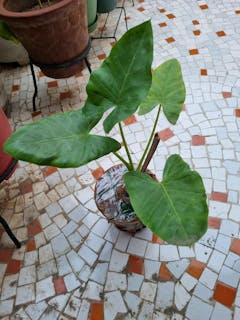Flame of the Forest
Family
Fabaceae
Origin
Indian Subcontinent & Southeast Asia
Description
Butea Monosperma is commonly known as the Flame of the Forest and Bastard teak. It is a medium-sized dry season-deciduous tree growing to 49 ft tall. The leaves are pinnate, with an 8-16 cm petiole and three leaflets, each leaflet 10-20 cm long. It is seen in all its ugliness in December and January when most of the leaves fall: but from January to March it truly becomes a tree of flame, a riot of orange and vermilion flowers covering the entire crown. These flowers, which are scentless, are massed along the ends of the stalks--dark velvety green like the cup-shaped calices--and the brilliance of the stiff, bright flowers is shown off to perfection by this deep, contrasting colour. Each flower consists of five petals comprising one standard, two smaller wings and a very curved beak-shaped keel.
Environment
Butea Monosperma prefers a sunny position, though they also thrive with some shade. Heavy shade depresses growth. They require moderate watering. These plants can tolerate some frost, though they are usually defoliated by it. They grow best on old alluvial soils and weathered red basalts. however, it succeeds on a wide variety of soils including shallow, gravelly sites, black cotton soil, clay loams, and even saline or waterlogged soils where few other trees will grow.
Landscape Uses
It is used as an ornamental and hedge plant in the gardening.






















